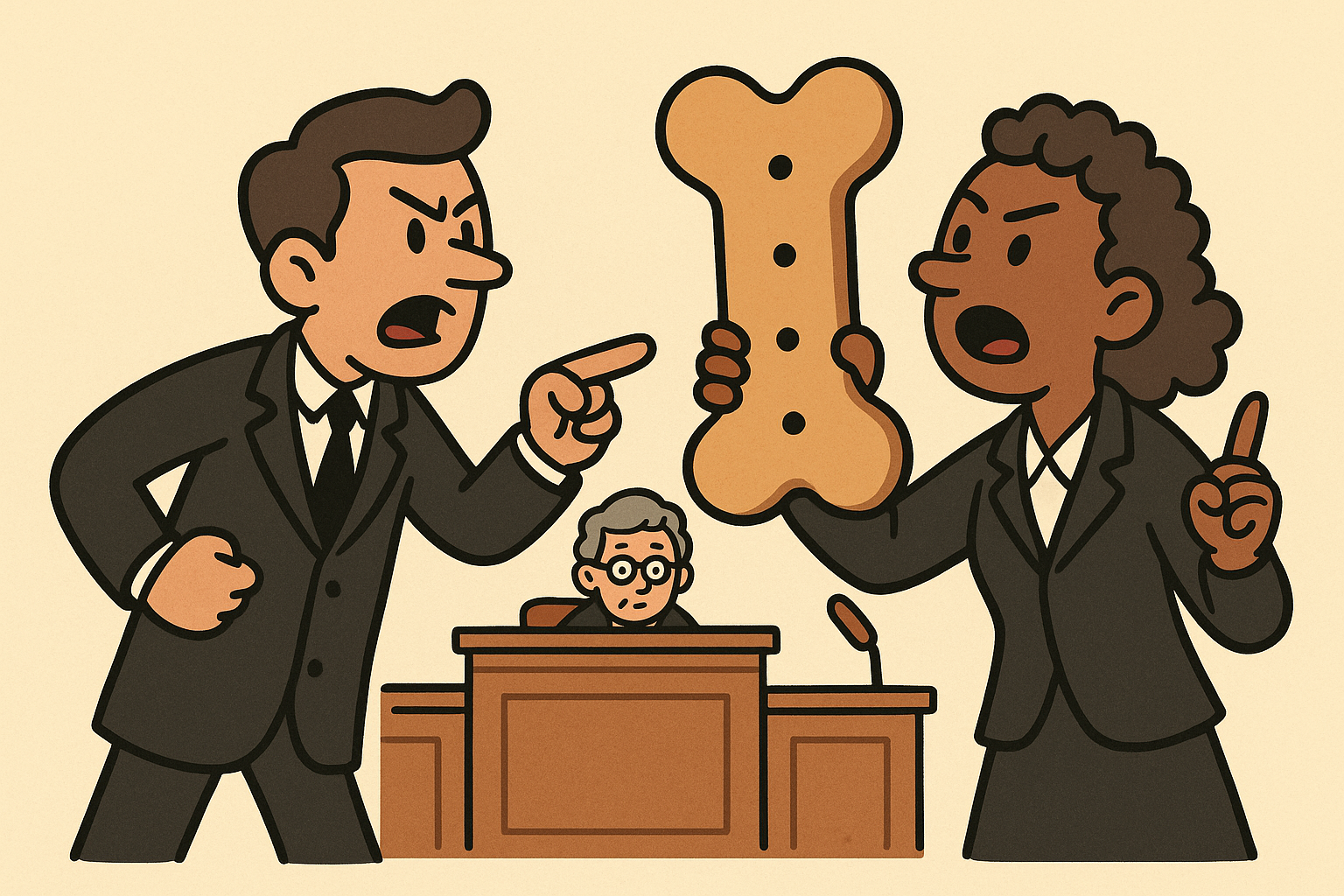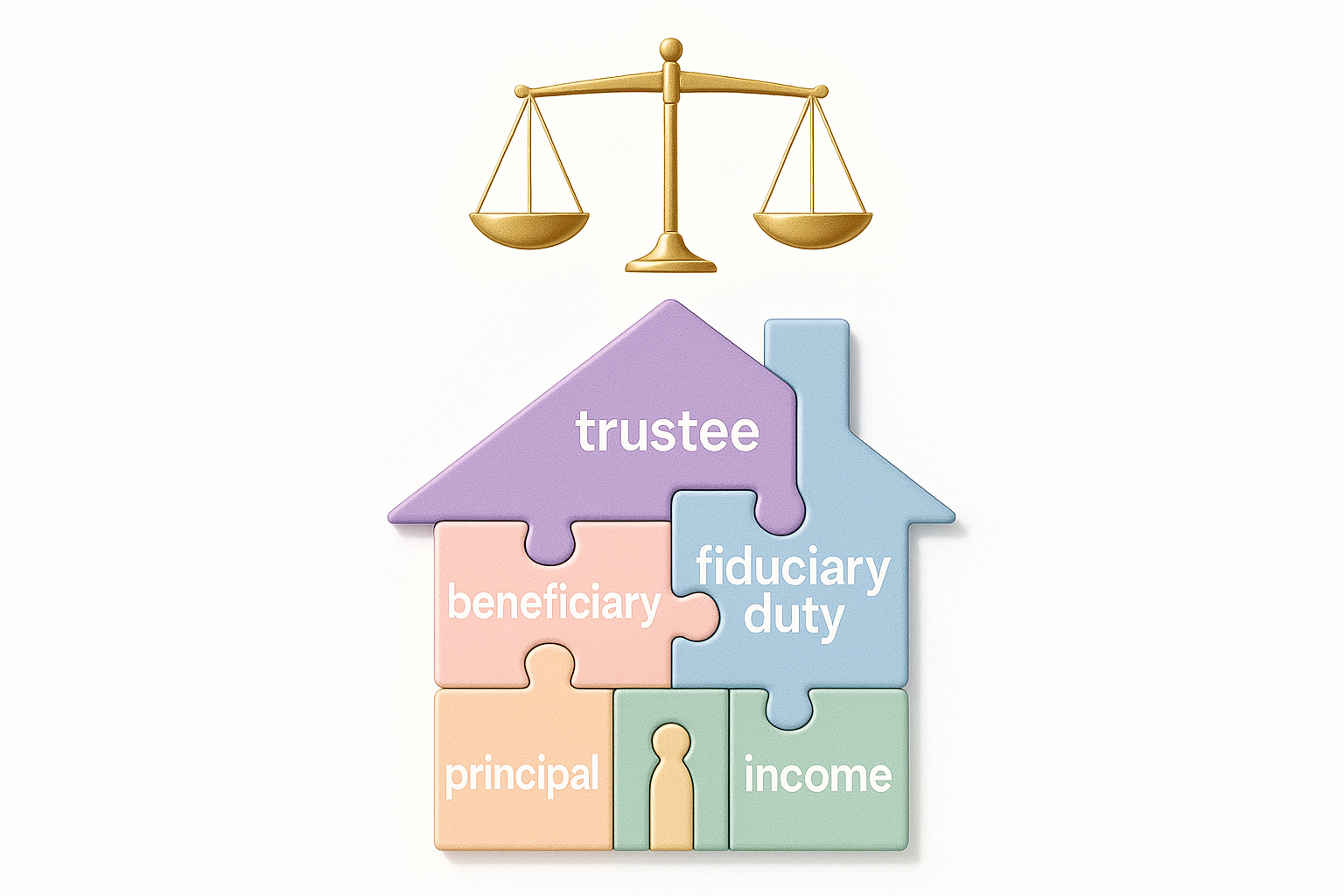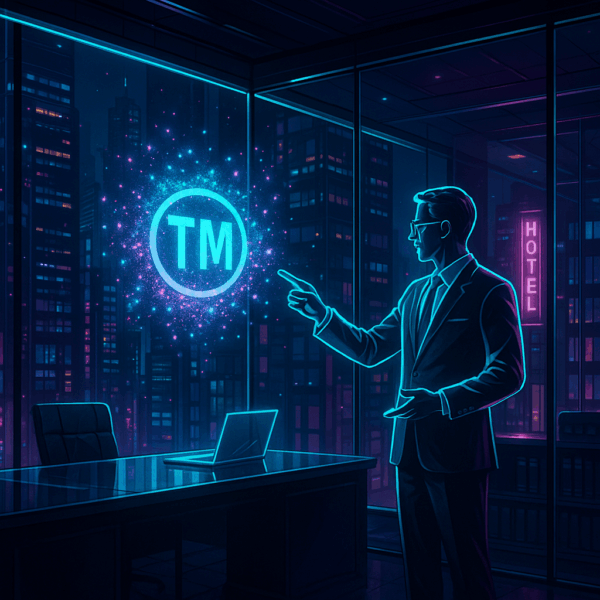
By The One Law Firm
“The agency’s bait‑and‑switch tactics left Kentucky with the kind of ‘deficient notice’ that demands vacatur.”
—Judge Eric E. Murphy, Commonwealth of Kentucky v. EPA1
In late 2024, a three‑judge panel of the Sixth Circuit handed the Environmental Protection Agency one of its sharpest judicial rebukes in years, ripping up the agency’s attempt to rope Kentucky into a nationwide smog‑control program. Beneath the legalese is a story worthy of a Christopher Nolan screenplay: missed deadlines, surprise data sets, a Supreme Court cameo, and—above all—the question of who gets to breathe easier when federal regulators change the rules mid‑game.
The 10‑Second Version
| Visual Case Brief | |
|---|---|
| Case | Commonwealth of Kentucky v. U.S. EPA |
| Citation | 123 F.4th 447 (6th Cir. 2024) |
| Decided | December 6 2024 |
| Panel | Judges Murphy (author), Griffin, Cole |
| Holding | EPA’s disapproval of Kentucky’s ozone “Good Neighbor” plan was arbitrary & capricious; venue belongs in the Sixth Circuit; disapproval vacated and remanded |
| Key Statutes | Clean Air Act §110(a)(2)(D)(i), Administrative Procedure Act |
| Take‑Home | Reinstates Kentucky’s plan, freezes costly NOx controls, and arms litigants with fresh ammunition against sudden agency pivots |
What Went Down—and Why It Matters
The Good Neighbor Provision.
When the EPA tightened the ozone standard to 70 ppb in 2015, every state had to update its State Implementation Plan (SIP) to make sure its smokestacks weren’t exporting pollution downwind. EPA’s own 2018 guidance told states: If your modeled contribution is under 1 ppb, you’re good. Kentucky’s experts ran the numbers, clocked in below that mark, and filed a no‑new‑controls SIP in January 20192.
The Surprise Switcheroo.
Then…silence. EPA missed its 12‑month deadline, sat on Kentucky’s paperwork for two‑plus years, and resurfaced in 2023 waving a new modeling platform (2016v3) and a stricter 0.7 ppb threshold. Under the fresh math, Kentucky suddenly looked like an ozone villain, so EPA disapproved the SIP and slotted the state into the agency’s sprawling “Good Neighbor Plan,” complete with power‑plant retrofits and an emissions‑trading regime3.
| 2018 EPA Guidance | 2023 EPA Disapproval | |
|---|---|---|
| Modeling base year | 2011 | 2016 (v3) |
| Significance threshold | 1.0 ppb | 0.7 ppb (1 % of NAAQS) |
| KY linked receptors | 1 | 5 |
| Required new controls | None | Mandatory NOx cuts & trading |
The Court Calls Foul
The Sixth Circuit saw a textbook “bait‑and‑switch” that trampled the Administrative Procedure Act’s core promise of fair notice. EPA, said Judge Murphy, cannot “tell Kentucky to use one approach, then judge it by another” without a reasoned explanation. The opinion landed three haymakers:
-
Venue Matters. Disapproving a single state’s SIP is local, not “nationally applicable,” so the fight belongs in Kentucky’s home circuit—not the D.C. Circuit where EPA wanted it2.
-
Reliance Interests Count. Even informal guidance can seed legitimate expectations; an agency must grapple with those before it pivots.
-
Vacatur Is the Default. Because the error was fundamental and EPA showed no “unusually disruptive” fallout, the rule gets wiped—not merely remanded—restoring Kentucky’s original SIP.
Fallout: Winners, Losers, and the Supreme Court Cameo
Kentucky & Industry – Power‑plant operators and manufacturers dodged immediate multimillion‑dollar upgrades. The ruling arrived on the heels of the Supreme Court’s June 2024 emergency stay of EPA’s federal Good Neighbor Plan, meaning the entire interstate‑smog edifice was already wobbling4.
Downwind States & NGOs – The decision leaves places like New York and New Jersey clutching higher smog levels for now. Advocates fear a regulatory vacuum lasting several ozone seasons.
EPA – Already juggling two circuit splits (Fourth/Tenth vs. Sixth) over venue, the agency must rewrite its transport plan—or face a cascade of similar defeats. In March 2025 EPA signaled a major rule overhaul, tacitly conceding the program’s legal fragility3.
“If we did not vacate the disapproval, the agency would have every incentive to take similar shortcuts in the future.”
—Sixth Circuit panel1
Why Environmental Lawyers Should Care
-
Precedent on Guidance Reliance. The opinion weaponizes informal memos: if your client followed EPA guidance in good faith, a sudden pivot is now prime APA fodder.
-
Remand‑Without‑Vacatur on Life Support. The panel treats vacatur as the norm, not the “rare” remedy some D.C. Circuit judges favor. Expect more full erasures of defective rules.
-
Venue Strategy. Suits over EPA actions bundled into mega‑rules may still live in regional circuits. Forum shopping just got an upgrade.
-
Regulatory Uncertainty Dividend. For regulated sectors, a frozen rule means deferred capital costs—but also prolonged planning ambiguity. Counsel must build multiple compliance scenarios into 2026 budgets.
The Road Ahead
With the Supreme Court unwilling (so far) to resolve the venue clash and a possible administration change in 2025, the ozone‑transport saga is entering its third act. Will EPA craft a slimmer, defect‑proof plan? Or will Congress step in to reset the interstate‑pollution chessboard? For now, the Sixth Circuit has delivered a blunt message: process matters—and if regulators bend it, courts will break the rule.
Endnotes
Footnotes
-
Slip opinion, at 31‑32 (“bait‑and‑switch tactics” passage) Sixth Circuit Court ↩ ↩2
-
Commonwealth of Kentucky v. United States Environmental Protection Agency, 123 F.4th 447 (6th Cir. 2024) Sixth Circuit Court ↩ ↩2
-
Sean Reilly, “Appeals court deals blow to EPA on smog,” E&E News (Dec. 6 2024) E&E News by POLITICO ↩ ↩2
-
Amy Howe, “Supreme Court blocks EPA’s ‘Good Neighbor’ air pollution rule,” SCOTUSblog (June 27 2024) scotusblog.com ↩








